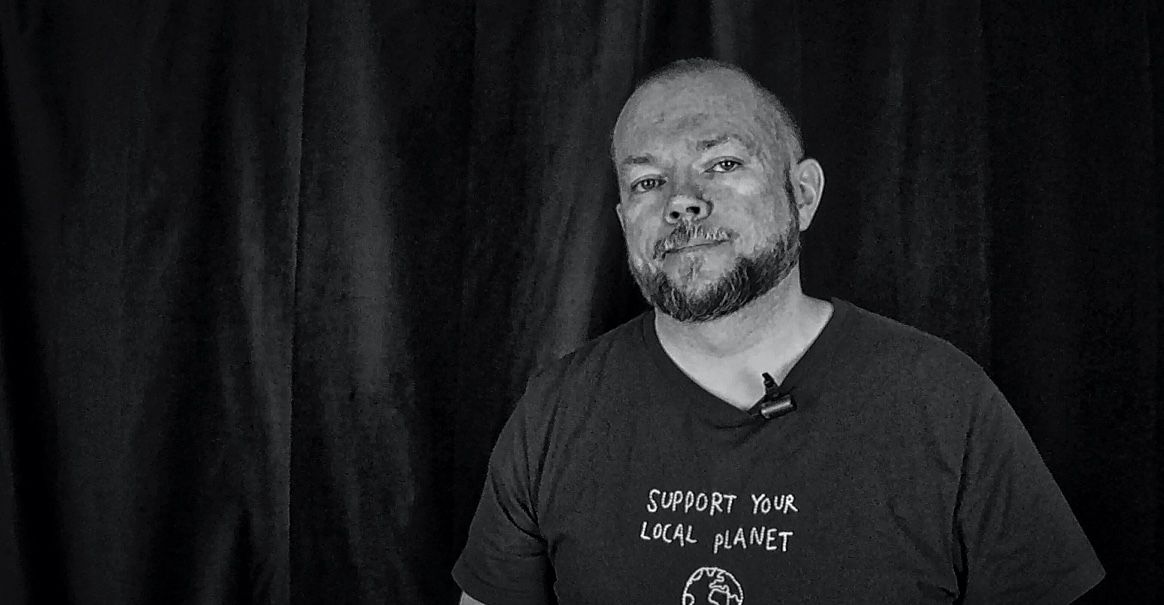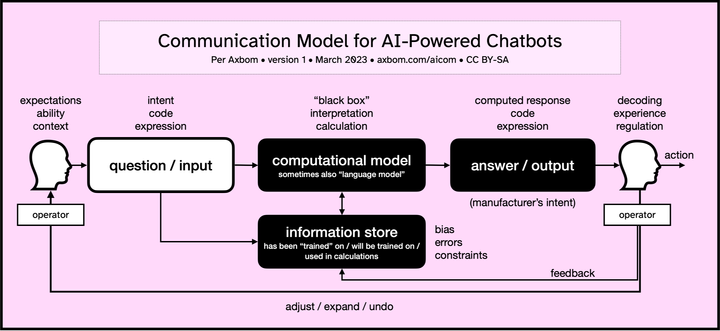First, design no harm – Q&A


At UX Copenhagen 2020 I delivered my new talk “First, design no harm”. It’s an emotional talk that starts off with my own experiences at boarding school, understanding the complexity of abusive relationships and going on to explain how learnings from medical ethics can help us as designers become better at contributing to well-being.
- Read my pre-conference interview.
- Read my previous post on the Hippocratic Oath and my criticism of Tim Brown’s on-stage response.
- The video for the UX Copenhagen talk is online on YouTube, I also have a complete transcript of the talk here on this blog.
My slides are available on Noti.st. I’m adding select Questions and Answers below as well.
Q & A
Collecting the related questions and answers here from other places. Feel free to ask more questions via my Padlet.
Q: Hey Per. Any thoughts on squaring profits with ethics? I think in the long run ethical may equal profitable, but there’s a bunch of stuff we don’t do at Dsposal because it’s ethically wrong but would make us money, & staying financially viable is hard!
A: It’s at these times it’s good to have a good gauge on one’s own ethical framework to be able to feel well-being with doing the right thing, despite profit “loss”. 🙂 But I also do encourage companies to be more transparent about the activities and techniques they are avoiding for precisely this reason. We need more companies to serve as role models and guiding examples of how one can choose to act. Because otherwise we are stuck in the loop of “everyone else is doing it so we can do it as well” which makes the harm invisible and the alternative paths hard to see.
Q: A lot of things rush through my mind when it comes to intangible value. But I think the top question is: How do we get started for instance at work. We can for sure start making the right questions/comments when discussing with colleagues about a project, but do you have an approach that could help me get started to introduce this mind set inside my team. the examples you made really stuck with me: I think we actually are abusive in some of our usability without knowing!!
A: I think one very non-confrontational way of sparking conversations is to start by asking the question: “If we find out that a group of people are being harmed by what we are making, what measures do have in place to act on that?”
This always leads to conversations about what that harm might be and perhaps more importantly how one would like to be able to respond in those scenarios.
The next step is to start talking about how one could become better at foreseeing a portion of potential harm and what tools for that type of prediction (and ongoing listening) the team might be able to use. And what people might need to be involved.
It’s always good to spark curiosity and provide answers to questions as they arise. Unloading the concept of a whole new way of working, or answering questions that were never asked, is often met with resistance.
Sparking curiosity and answering questions that grow from that curiosity is an approach that has worked well for me.




Comment